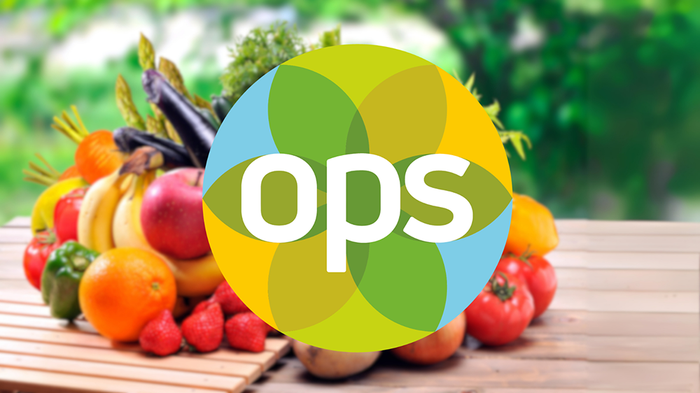How Does the Newly Released USDA Domestic Hemp Production Program Affect Organic?
November 7, 2019

By: Melody Meyer
Last week, Secretary of Agriculture Sonny Perdue announced the long-awaited establishment of the U.S. Domestic Hemp Production Program. This interim final rule aims to create a consistent regulatory framework around hemp production throughout the United States.
With the establishment of this program, hemp producers will now be eligible to grow certified organic hemp on a commercial scale. The program was mandated in the 2018 Farm Bill but was just released last week. Without this guidance a patchwork of differing state laws has governed the hemp industry, causing great confusion and legal woes.
What’s unique for organic hemp growers?
This long-awaited hemp regulation is welcomed by organic farmers and USDA accredited certifiers because it clears the pathway for the National Organic Program (NOP) to issue instruction around the organic certification of hemp and hemp products.
Under the 2018 Farm Bill, and the establishment of U.S. Domestic Hemp Production Program, organic producers will now be eligible to grow certified organic hemp on a commercial scale.
Prior USDA policy, in accordance with the 2014 Farm Bill, limited certification of domestically grown hemp for research purposes only. The interim final rule became effective when it was published in the Federal Register last week.
NOP Deputy Secretary Jenny Tucker told OPN, “Only hemp that meets all required legal standards can be certified as organic. Organic producers are bound first to the same regulatory framework that applies to all hemp producers. U.S. hemp farmers and organic certifiers should check with State officials to learn more about individual State and Tribe plans.
The National Organic Program plans to update its existing NOP Handbook document on hemp to point organic farmers to the new domestic hemp program. For imported hemp, existing regulations and guidelines continue to govern whether products may be certified as organic.”
Many issues still haven't been addressed by federal regulators, including contaminant testing, seed certification and labeling.
The program does clarify THC testing protocols
This program requires all hemp growers to be licensed and it provides several different testing protocols to assure that levels of THC are below the requirements of .03 percent.
Many producers would have preferred that USDA have one testing method for THC levels, but the department opted to accept multiple sampling standards.
It also elaborates on the disposal of crops that test “hot”. Producers had hoped for a more sustainable disposal allowance for noncompliant plants to be used as soil amendments or in compost.
Instead the rule says, “If a producer has produced cannabis exceeding the acceptable hemp THC level, the material must be disposed of in accordance with the CSA and DEA regulations because such material constitutes marijuana, a schedule I controlled substance.
Consequently, the material must be collected for destruction by a person authorized under the CSA to handle marijuana, such as a DEA-registered reverse distributor, or a duly authorized Federal, State, or local law enforcement officer.”
The rule clarifies compliance, enforcement procedures and requires an annual inspection of all hemp producers.
State and Tribal plans must include compliance procedures to ensure hemp is being produced in accordance with the requirements. It includes conducting annual inspections of all hemp producers to verify hemp is compliant.
When Secretary Purdue announced the program, he said USDA promised to get the regulations finished in time for growers to make planting decisions for 2020. “We have our teams operating with all hands-on deck to develop a regulatory framework that meets Congressional intent while seeking to provide a fair, consistent, science-based process for producers who want to participate in this program,” he said.
Once state plans are in place, hemp producers will be eligible for a number of USDA programs, including insurance coverage through Whole-Farm Revenue Protection. For information on available programs, visit farmers.gov/hemp.
The interim final rule was published in the Federal Register and USDA invites all interested parties to make public comments. The 60-day comment period ends on December 30.
A preview of the Interim Final Rule can be found on USDA’s website. https://www.ams.usda.gov/rules-regulations/hemp/rulemaking-documents

